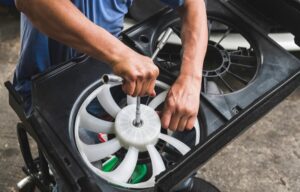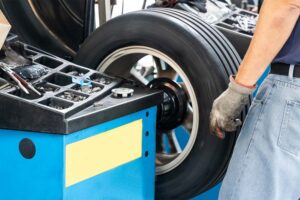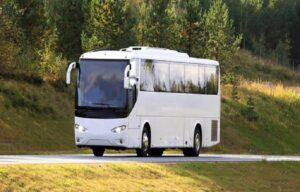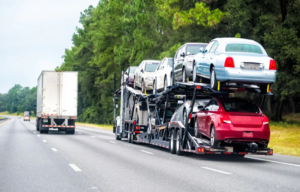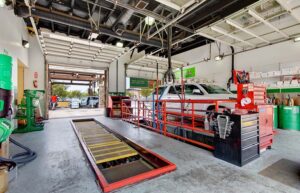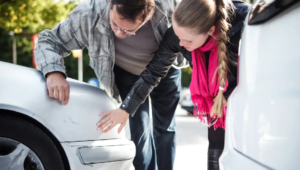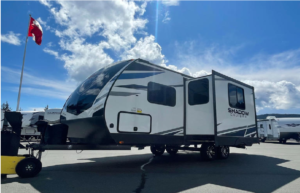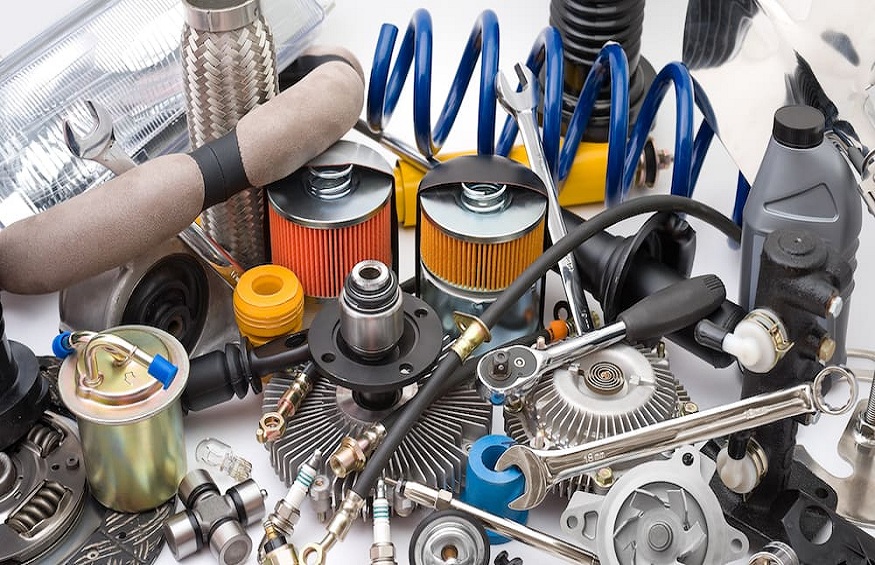
Lift the hood! We are going to look at the engine, then take an overview of the different elements that make up a car!
Engine
The engine is the heart of the car. It transforms the energy produced by the combustion of fuel into perceptible mechanical movement. The engine is therefore the element that allows the vehicle to move forward.
An engine is made up of:
- a starter ;
- an igniter;
- an alternator;
- an injector;
- a clutch;
- a turbo;
- an air filter;
- a fuel filter ;
- a timing kit (rollers and timing belt);
- a radiator hose;
- a cylinder head (contains the combustion chambers, spark plugs and valves);
- candles with cables and sheaths;
- a valve spring;
- a ventilation belt;
- a water pump;
- a petrol pump;
- a fuel line system;
- oil filler and drain plugs;
- an oil dipstick;
- a pulley ;
- a flywheel;
- an admission block;
- an exhaust manifold;
- an exhaust pipe.
The engine block consists of the engine, the clutch and the gearboxes.
There are different types of engine: the engine with in-line cylinders, the flat engine, the V engine (with 2 rows of cylinders arranged in a V) and the W engine (with 4 rows of cylinders in a W).
A distinction is also made between 2-stroke engines and 4-stroke engines.
In a 4-stroke engine, the piston completes a complete combustion cycle (intake – compression – explosion – exhaust) in two revolutions of the crankshaft, while in a 2-stroke engine, it completes a single cycle ( 1st stroke: compression – combustion – expansion and exhaust, 2nd stroke: intake – suction – compression). Oil and gasoline are mixed in a 2-stroke engine whereas these liquids never meet in a 4-stroke engine.
The body and the running gear
The body includes:
- the floor frame;
- floor ;
- the base;
- the spars;
- stretchers;
- sleepers;
- apron ;
- the apron top;
- the awning sides;
- the wheel arches (front and rear);
- the rear valance;
- the grille;
- radiator grilles;
- feet (front and back);
- the bottom of the step;
- the body side;
- side mirrors;
- the quarter panel;
- Pavilion ;
- the windshield bay;
- the windscreen ;
- the windows;
- the rear window;
- bumpers (front and rear);
- wings ;
- the doors;
- the hood ;
- the tailgate;
- the trunk ;
- bumpers (front and rear);
- the optical unit (lights).
The front and rear running gear consists of a lower arm or triangle, a suspension, a torsion bar, a hub, a spindle, a rack, shock absorbers, ball joints, gimbals, bearings and tires.
The direction
The steering system makes it possible to change the angle of the wheels and thus steer the vehicle. It consists of the steering wheel, steering column, steering box, steering ball joints, steering gear (steering rods and lever tips), attack lever, two coupling levers, a tie rod, a stabilizer bar, a suspension arm, a pitman arm and a ball joint.
Some cars also have power steering. This device facilitates steering of the steering wheels.
The braking system
The braking system consists of the brake pedal, the brake booster or brake booster, the brake pads, the brake cylinder, the brake fluid, the shoe and the brake cable.
Brakes can be disc or drum.
A car is also equipped with a hand brake or emergency brake consisting of a lever and steel cables connected to the main brakes.

